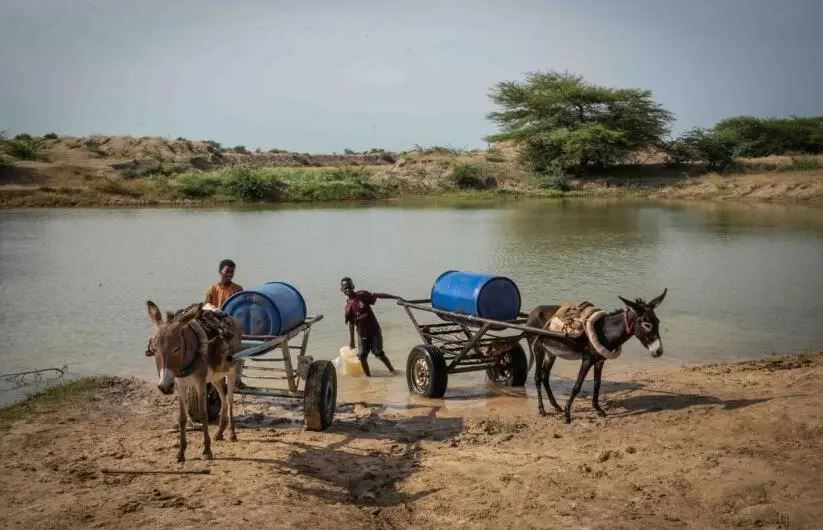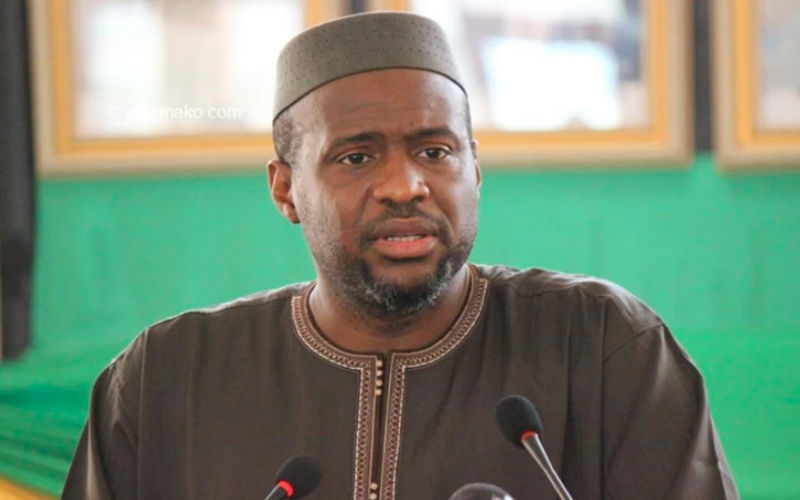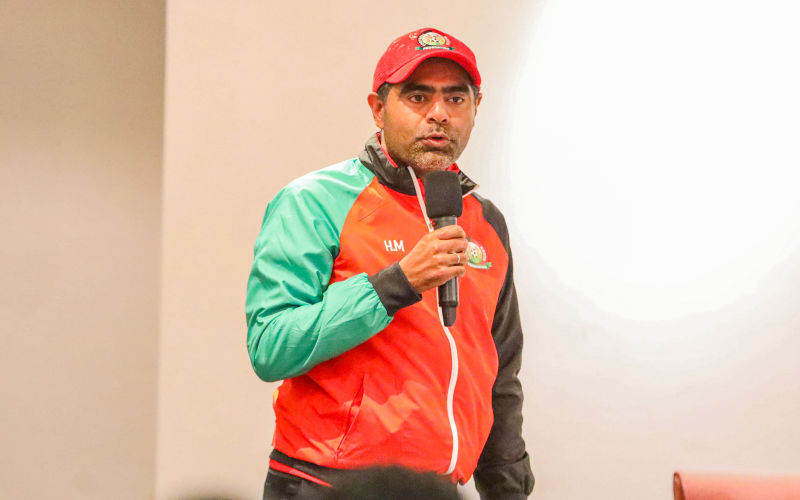Facing the crisis: Solutions to combat impending global water shortages

World Water Day, on 22 March, will shine a spotlight on the global water crisis, which is being driven by a combination of factors, from climate change to leaky pipes.
At least 50 per cent of the planet’s population – 4 billion people – deal with water shortfalls at least one month of the year.
By 2025, 1.8 billion people will likely face what the Food and Agriculture Organization (FAO) calls “absolute water scarcity.”
More To Read
- Kilifi North MP Owen Baya blames KPLC for worsening water crisis, demands urgent action
- Rehabilitation of key boreholes in Kilifi brings relief to over 50,000 Kaloleni residents
- UNICEF's borehole project offers relief to water-starved Madogashe town
- Turkana water provider rolls out surveillance of water infrastructure to deter vandalism
- Tana River residents risk waterborne diseases as works on treatment plant stalls
- Masalani residents in Garissa decry extreme water shortage
In the face of that, the United Nations Environment Assembly passed a resolution earlier this month that calls for countries to better manage aquatic ecosystems and strengthen their collaboration around water to support sustainable development.
Drought resilience will also be a focus of World Environment Day 2024, hosted by Saudi Arabia.
“Solutions are within reach,” says Leticia Carvalho, Principal Coordinator of the Freshwater and Marine Ecosystems Branch at the United Nations Environment Programme (UNEP).
"But we need innovative thinking, greater political commitment and collaboration, and increased financing so that when it comes to water, no one is left behind.”
World Water Day, on 22 March, will shine a spotlight on the global water crisis, which is being driven by a combination of factors, from climate change to leaky pipes.
Ahead of that international observance, here is a look at seven things countries and individuals can do to stem water shortfalls.
1. Protect and restore natural spaces
The ecosystems that supply humanity with fresh water are disappearing at an alarming rate. Wetlands, peatlands, forested catchment areas, lakes, rivers, and groundwater aquifers are falling victim to climate change, overexploitation, and pollution.
This is undermining their ability to provide communities with water. These natural spaces urgently need to be protected and those that have been degraded, are revived through large-scale restoration.
Countries would be well served to develop specific, measurable targets for this work.
Nations would ideally weave those goals into national plans to counter climate change, protect biodiversity, and avoid drought and desertification. This work is vital for securing water supplies for cities, many of which are suffering from water shortages.
2. Be more efficient with water, especially for farming
Agriculture accounts for some 70 per cent of all freshwater used globally. Adopting water-saving food production methods, such as hydroponics, drip irrigation and agroforestry, can help water reserves stretch further.
Also helpful: encouraging people to switch to plant-based diets, which generally require less water than those based on meat.
Beef, for example, is thought to have one of the biggest water footprints, requiring as much as 15,000 litres of water to produce a kilo of meat.
3. Deal with water leaks
Being efficient also means reducing the amount of water lost through leaky municipal infrastructure and building piping. There are no global data for the amount of water lost this way but national numbers suggest the total is massive.
In the United States of America alone, household leaks waste nearly 1 trillion gallons of water per year.
4. Exploit unconventional water sources
As supplies of lake, river and aquifer water dwindle, countries will need to get creative. This means taking advantage of undervalued water resources, such as by treating and reusing wastewater.
Countries and communities can also implement rainwater harvesting, which involves collecting and storing water for use in dry spells. Desalinating saltwater is also an option in some places if done sustainably.
The problem: the process often leads to the discharge of toxic brine into the ocean and increased greenhouse gas emissions from the energy required to fuel the process.
5. Track water quality
Often, water is plentiful but is too polluted to be useful for drinking, manufacturing or recreation. Measuring water quality can help policymakers prioritise actions to clean up water sources.
This evaluation can be complemented by satellite data, artificial intelligence and even citizen science. UNEP’s Freshwater Ecosystems Explorer provides decision-makers with water quality data, helping to spur action to protect and restore freshwater ecosystems.
6. Blend smart water management with climate change policies
Climate change is affecting rainfall patterns, aquatic habitats and the availability of good-quality water.
At the same time, peatlands and other watery carbon warehouses are being degraded, causing planet-warming emissions to spike and compound climate change.
To manage this destructive feedback loop, countries must emphasise the protection and restoration of carbon sinks.
They should also harmonise their strategies for managing water with their policies for limiting and adapting to climate change.
7. Apply integrated approaches in decision-making
Decisions about water cannot be made in a vacuum. Water is a key component in everything from power generation to industrial manufacturing to farming.
So, countries must develop action plans that address water use and pollution across multiple sectors, tackling what experts call the water-energy-food-ecosystems nexus.
This approach can help countries adopt coherent responses to water-related challenges while maximizing things like food production and energy generation.
Top Stories Today
Reader Comments
Trending












































